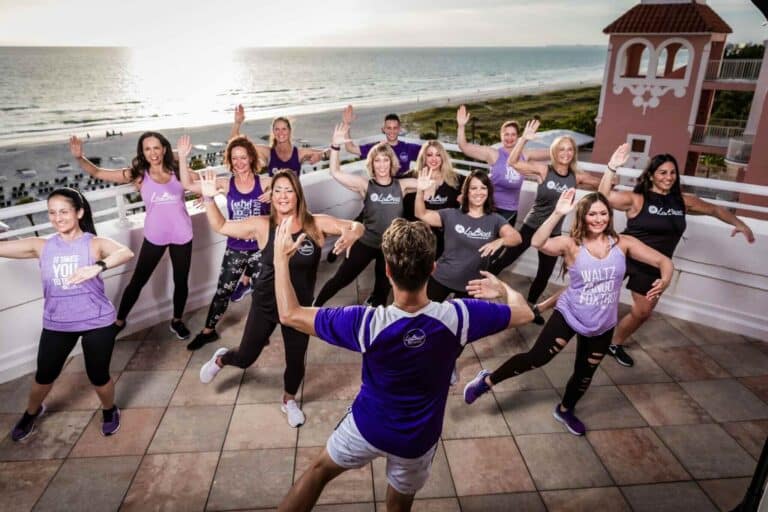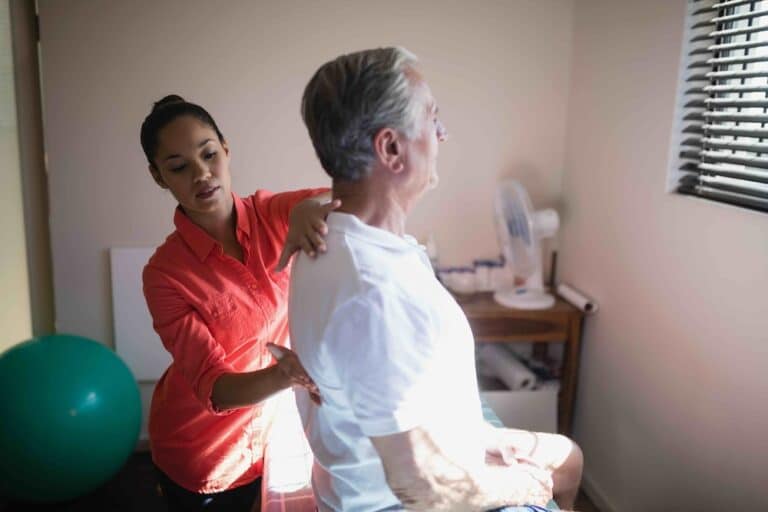Independent cohort study and new research detail how employers and health plans can engage at-risk populations with digital health programming
Baltimore, MD – Burnalong, leading digital health solution that unlocks human potential, released a new research paper and cohort study results proving their approach effectively reaches at-risk populations and improves population health.
A common criticism of traditional health and wellbeing programming is that it’s primarily utilized by the young and active. This leaves the at-risk population without the necessary support.
In an independent population health cohort study of users on Burnalong, results show that:
- The majority of people using Burnalong were 50-59, despite the average age of the population being 33
- Those using Burnalong were shown to be more at-risk of health issues than those not using the platform
- 65% of those using the platform had chronic conditions, but those with chronic conditions made up only 40% of the broader population
These results prove that Burnalong is connecting with those who were older, at-risk, and suffering from chronic conditions. This comes at a time when employers, insurance consultants, and health plans are looking to increase their support of at-risk populations and improve population health.
According to SHRM, US employers are anticipating their group health plan premiums to increase by an average increase of 5%. Willis Towers Watson’s found in their employer survey that the total average employer cost rose in 2022 to an estimated $13,360 per employee.
The prevalence of chronic conditions and increasing healthcare costs leads to an easy conclusion: Work-sponsored health and wellness support can have a dramatic impact on quality of life and quality of work.
Such programs can reduce risk and serve as preventative measures impacting more than 157 million employees in the US.
Burnalong’s new research paper details why many of the traditional programs, however, are not improving population health. They fall short namely because they:
- Focus on the symptoms: Many initiatives are curative, not preventative. They focus on the ill health that already exists rather than trying to prevent it from occurring.
- Don’t appeal to everyone: Many aspects of wellness are often ignored in favor of physical health. Chronic conditions and disabilities are dealt with as a one-off.
- Offer minimal choice and flexibility: Wellness programs are rigid, meaning individuals have little opportunity to adjust to their interests and preferences.
- Lack DEI focus: Wellness and DE&I have been high priorities for 2+ years but are rarely aligned. Wellness misses the mark when it comes to inclusion.
- Provide insufficient social support: Social connection, friends and family aren’t considered in wellness initiatives. Individuals are left to make changes alone.
- Forget culture: How the organizational environment impacts a wellness initiatives success is not taken into account.
The research and newly released study results show that Burnalong’s approach uniquely impacts at-risk populations with classes, programming, and social support needed to prevent and treat chronic conditions.
“The cohort study results and deep dive into how to improve population health, set us apart from traditional wellness solutions,” says Mike Kott, co-CEO of Burnalong. “We consistently hear from our clients that their employees and patients are finding the life-changing support they need on Burnalong. This research solidifies those powerful stories. We are committed to providing ongoing innovation so employers, hospital systems, and health plans can reach their at-risk populations and help everyone under their care reach their human potential.”
You can learn more about how to improve population health and reach at-risk populations with digital health solutions by accessing the full report here.





